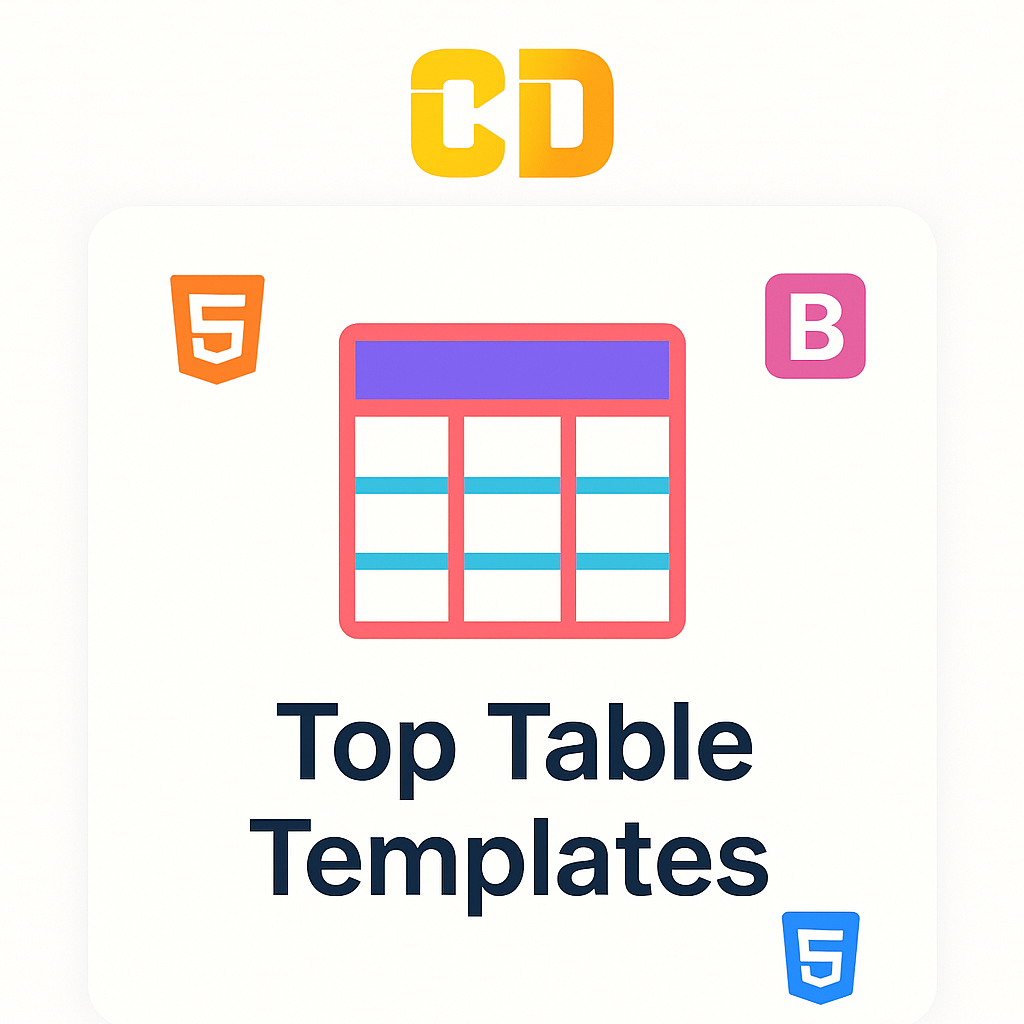Angular is a powerful framework used for building dynamic web applications. As an Angular Developer at Cognizant, you should be familiar with Angular's architecture, components, services, and other essential features. Below are the top 20 Angular interview questions to help you prepare.
1. What is Angular, and what are its key features?
Angular is a TypeScript-based open-source web application framework developed by Google. Key features include:
- Component-based architecture: Encourages reusable code.
- Dependency injection: Facilitates better organization and testability.
- Two-way data binding: Synchronizes data between the model and the view.
- Routing: Enables navigation between views in a single-page application.
2. What is a component in Angular?
A component is a fundamental building block of an Angular application. It encapsulates the view (HTML), behavior (TypeScript), and style (CSS) of a portion of the user interface. Components are defined using the @Component decorator.
3. Explain the concept of modules in Angular.
Modules in Angular are containers that group related components, directives, pipes, and services. An Angular application is a collection of modules, and the root module is typically named AppModule, which bootstraps the application.
4. What are services in Angular, and why are they used?
Services are singleton objects that provide shared functionality and data across the application. They are used for:
- Business logic
- API calls
- Data sharing between components Services are typically created using the
@Injectabledecorator.
5. What is dependency injection in Angular?
Dependency Injection (DI) is a design pattern used to enhance modularity and testability. In Angular, DI allows you to inject services into components, making them more reusable and easier to test.
6. What are directives in Angular?
Directives are classes that add behavior to elements in the Angular application. They can be categorized into three types:
- Component Directives: Create custom components.
- Structural Directives: Change the structure of the DOM (e.g.,
*ngIf,*ngFor). - Attribute Directives: Change the appearance or behavior of an element (e.g.,
ngClass,ngStyle).
7. What is Angular routing?
Angular routing allows navigation between different views or components within a single-page application. It is achieved using the RouterModule, which maps URLs to components.
8. How do you handle forms in Angular?
Angular provides two approaches for handling forms:
- Template-driven forms: Use directives in the template to create forms and manage their state.
- Reactive forms: Use a more programmatic approach, utilizing
FormGroup,FormControl, andFormArrayclasses for better control over the form's behavior.
9. What is a pipe in Angular?
Pipes are used to transform data in templates. They can format data, filter lists, or perform any transformation. Angular provides built-in pipes like DatePipe, CurrencyPipe, and DecimalPipe. Custom pipes can be created by implementing the PipeTransform interface.
10. What is the purpose of the ngOnInit lifecycle hook?
ngOnInit is a lifecycle hook that is called after the component's data-bound properties have been initialized. It is a good place to perform initialization logic, such as fetching data from a service.
11. How do you create a custom pipe in Angular?
To create a custom pipe, implement the PipeTransform interface and decorate the class with the @Pipe decorator. The pipe must implement the transform method, which defines the transformation logic.
Example:
import { Pipe, PipeTransform } from '@angular/core';
@Pipe({ name: 'customPipe' })
export class CustomPipe implements PipeTransform {
transform(value: string): string {
return value.toUpperCase();
}
}
12. Explain the difference between Observable and Promise in Angular.
- Promise: Represents a single asynchronous operation that may complete or fail. Once resolved, it cannot be canceled or changed.
- Observable: Represents a stream of values over time, allowing multiple values to be emitted. Observables can be canceled and can handle asynchronous events using operators like
map,filter, andmergeMap.
13. What are Angular guards?
Angular guards are used to control access to routes in an application. They can prevent unauthorized access to certain routes based on conditions. The main types of guards are:
- CanActivate: Checks if a route can be activated.
- CanDeactivate: Checks if a route can be deactivated.
- Resolve: Pre-fetches data before activating a route.
14. What is the purpose of ngIf and ngFor directives?
- ngIf: Conditionally includes a template based on the truthiness of the expression. It can be used to show or hide elements dynamically.
- ngFor: Iterates over a collection (like an array) and creates a template for each item.
Example:
<div *ngIf="isVisible">Content is visible</div>
<ul>
<li *ngFor="let item of items">{{ item }}</li>
</ul>
15. What is the purpose of the async pipe in Angular?
The async pipe automatically subscribes to an Observable or Promise, retrieving the latest value and updating the view. It also handles unsubscribing when the component is destroyed.
Example:
<div *ngIf="data$ | async as data">
{{ data }}
</div>
16. How do you implement lazy loading in Angular?
Lazy loading allows you to load feature modules only when they are needed, improving performance. It can be implemented using the Angular router by configuring routes with the loadChildren property.
Example:
const routes: Routes = [
{ path: 'feature', loadChildren: () => import('./feature/feature.module').then(m => m.FeatureModule) }
];
17. What is AOT (Ahead-of-Time) compilation in Angular?
AOT compilation converts Angular HTML and TypeScript code into JavaScript code before the browser downloads and runs it. It improves the performance of the application by reducing the size of the JavaScript bundle and catching template errors during the build process.
18. What are the key differences between AngularJS and Angular?
- Architecture: AngularJS uses the MVC (Model-View-Controller) architecture, while Angular uses a component-based architecture.
- Language: AngularJS is written in JavaScript, while Angular is built with TypeScript.
- Performance: Angular offers better performance due to its improved change detection mechanism and AOT compilation.
19. What is the purpose of ngStyle and ngClass directives?
- ngStyle: Dynamically applies inline styles to elements based on an expression or object.
- ngClass: Conditionally applies CSS classes to an element based on the truthiness of an expression or an array/object.
Example:
<div [ngStyle]="{ 'color': isRed ? 'red' : 'blue' }" [ngClass]="{ 'active': isActive }">Styled Text</div>
20. How do you manage state in an Angular application?
State management in Angular can be handled using services, BehaviorSubject (from RxJS), or libraries like NgRx or Akita. These approaches allow you to maintain the application state consistently and facilitate communication between components.
Conclusion
These top 20 Angular interview questions and answers will help you prepare for your Cognizant Angular Developer interview. Focus on mastering Angular's core concepts, best practices, and advanced features to stand out in the interview process.
Good Luck!








Add a comment: